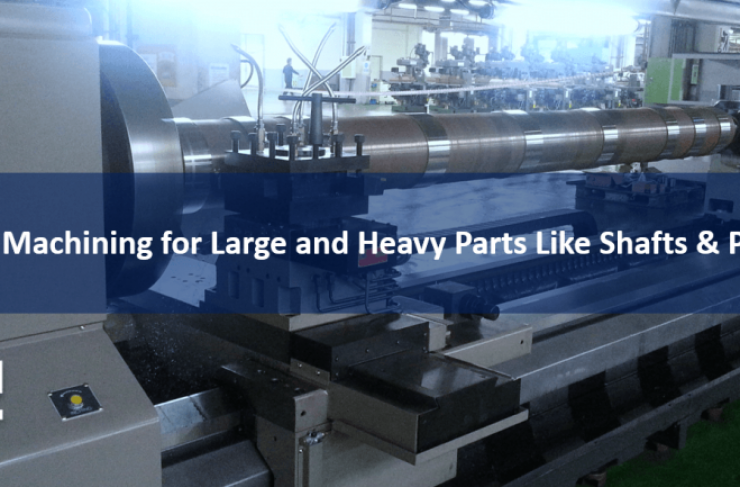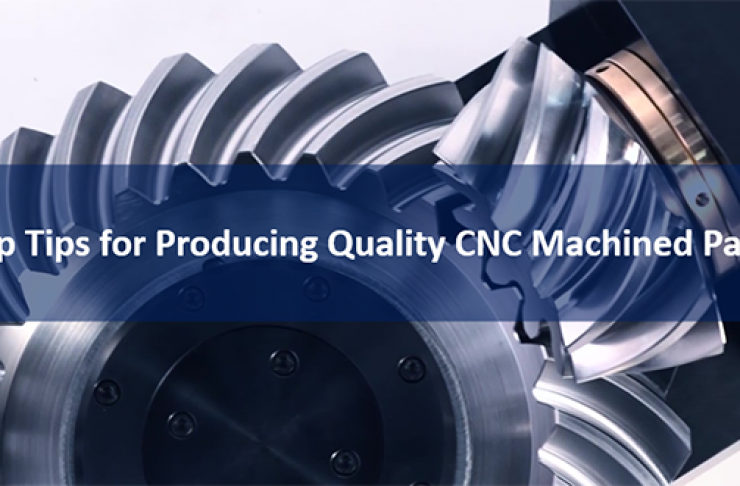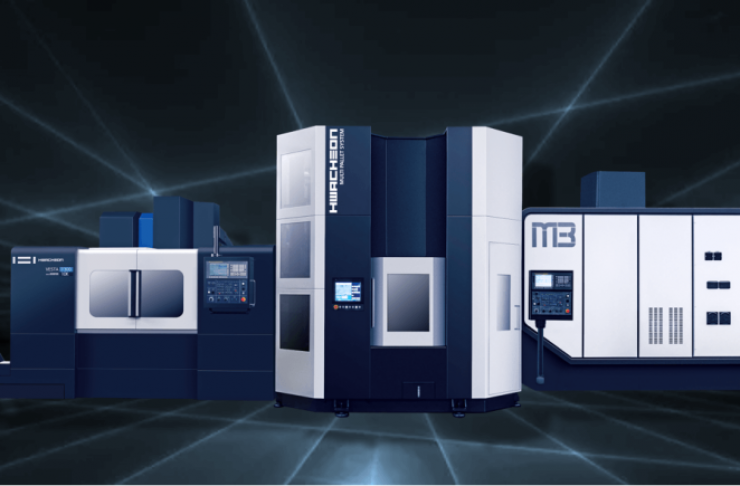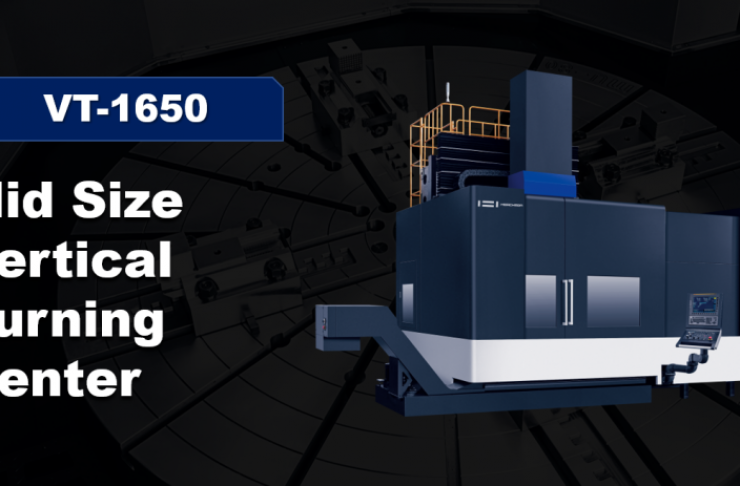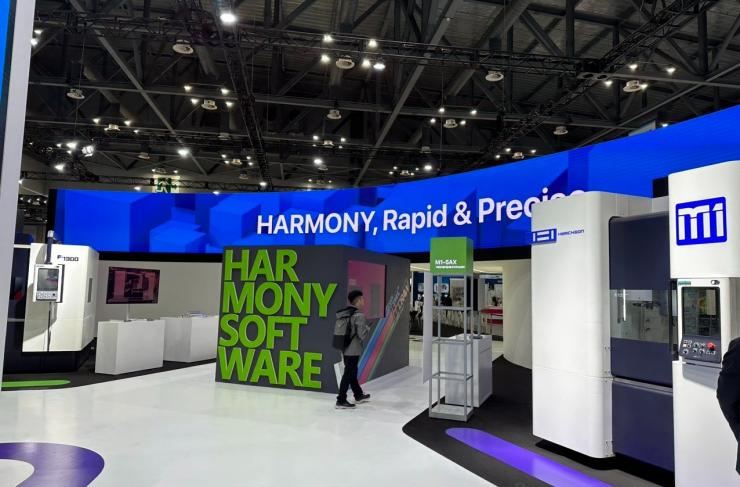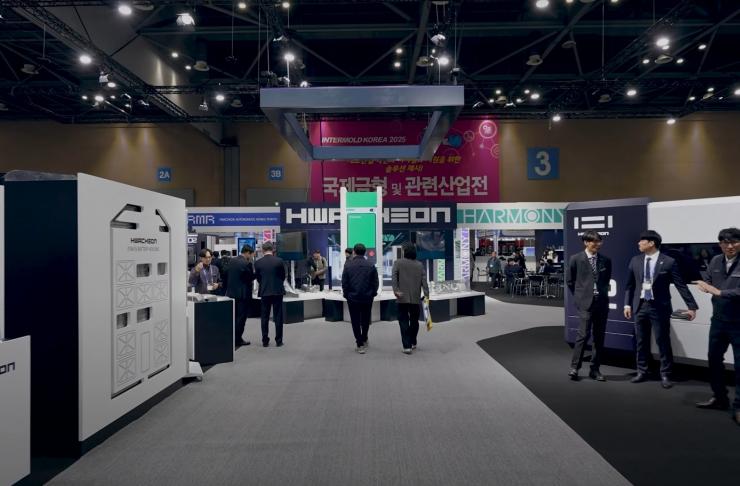COMMON PROBLEMS WITH CNC MACHINE TOOLS AND HOW TO FIX THEM
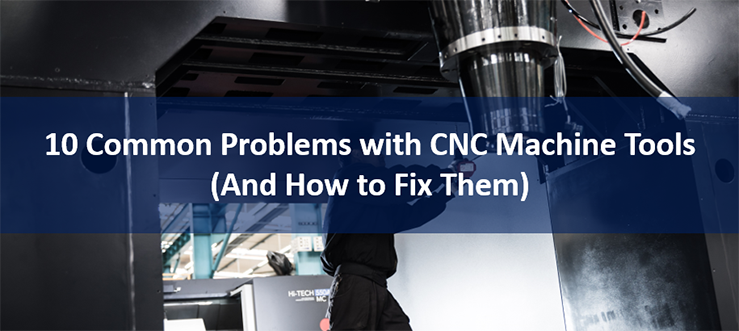
What should you do when you encounter an issue with your CNC machine tool? Should you try to fix it yourself, call the supplier of the machines, or Google for answers?
As one of Asia’s leading CNC machine tool manufacturer, we’re aware of the common problems and issues that may occur during the machining process. These run the entire gamut – from burn marks on the finishes of
machined parts, power supply failure, to the “jamming” of different moving parts or inaccuracy in machined parts.
In this article, we will try to answer some of the most common problems and challenges faced in CNC machining, and suggest ways for you to solve them.
- CNC Machine Tool Mistakes – The Big Four
From our experience, the bulk of the problems faced by machinists in using CNC lathes, milling machines and multi-axis machining centres revolve around four main issues.

#1 Using the Wrong Cutting Tools / Settings
Choosing the wrong cutting tool for the job may often result in poor quality material finishes. This could be seen as rough edges, cutter marks on the surface, raised marks, or burn marks on the material’s edges or corners.
Extensive tool wear may result from this error.
Poor material finishes could be due to either bluntness in the tool used, or improper feed speed ratio. It may also be caused by the wrong dimensions of the tool for the job at hand in terms of the sizes, quality or match with the material.To resolve this, it is important to choose the right tool and setting for the job and material.
#2 Errors in Programming
As highly sophisticated equipment controlled by CNC computers, much of the issues which arise in CNC machining often comes from programming. These may come from a lack of understanding of the different G and M codes used for the controller, wrong set-up, or inputting the wrong data variables into the CNC controller.
To resolve these errors, it is important for new operators to be adequately trained in the different ways in which CNC machines can be programmed. Comprehensive user manuals and training, motion sequencing, and operation of the machine should be provided to new operators by the machine suppliers or experienced operators on the shop floor.
#3 Poor Maintenance of CNC Machine Tool
Modern machines with multiple constantly moving mechanical parts, CNC Machine Tools need to be regularly cleaned and maintained to keep them running optimally.
Failure to clear away dirt, material and other debris could result in a build-up which over time can result in inaccuracies in machining or even machine failures.
To prevent this, it is crucial for machine operators to follow a detailed maintenance regime for the machine tools in use. They should also regularly check levels of coolants or airflow filters, to ensure that operations continue to be smooth and uninterrupted.
Note: an overheated spindle could result from having a choked air filter in your cooling system.
#4 Inadequate Worker Skill and Training
With increasing use of computing and programming, CNC machine tool operators these days need a different set of knowledge and skills. Without the right organisational, planning and programming skills, workers are unable to optimize the yield of these machines even if they have machining skill and experience using previous models of machines in the past.
To ensure that this is resolved, you need to hire the right machine operators who can visualise and design the machining process, select the correct tools and sequences for the job, and write the programmes.
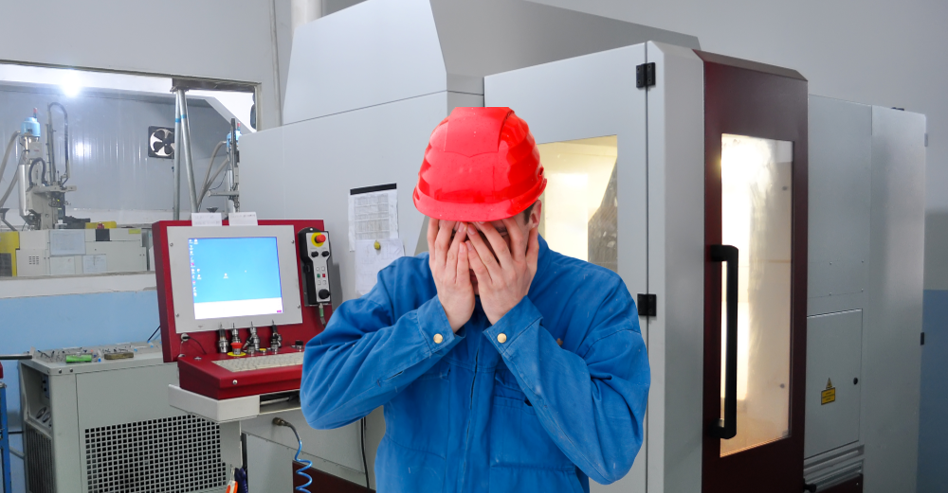
- Other Common CNC Machining Problems and Issues
Beyond the above areas, machine operators may also encounter the following problems with their CNC machines.
#5 Clamping/ Unclamping Problem of Chucks and Fixtures
This can be a major issue when the piece to be worked on cannot be securely gripped by the chuck, or if it shifts or vibrates during the machining process. To resolve this, consider the following steps:
Check if the part is correctly positioned to ensure secured clamping.
Check if the hydraulic pump and the hydraulic pressure is adequately set-up.
Check if the jaws used are correctly set and adequate for gripping the material. Ensure a wider surface gripping instead of point gripping.
If the chuck does not open / close, check to see if the foot switch is working – see if the contacts are still working and that the wires are not broken.
Check to see if the lubricant is adequate for the different parts of the chuck, and that there isn’t dirt or debris affecting the movements.
Check if the chuck is working based on the MDI M-code command.
Check to see if the output of the solenoid is working. If it does, a broken wire at the connector could be a problem.
Check if the draw tube which connects the hydraulic cylinder and the chuck is working, and if it is loose.
Attention: An improperly clamped machine part can lead to accident, damage or worse – injury to operator! Thus, it is critical that parts are properly clamped by the machine tool.
#6 Power Supply Problems
Sometimes, the CNC machine tool’s display or different parts may not work due to issues with the power supply. To rectify this, ensure that the correct power and voltage is used for the input side of the power and supply.
You should subsequently see if the output or secondary side is properly working.
Recommendation: Let a specialist do the check.
If there is no power or voltage reading is low, consider disconnecting the output wires with the power off, and then power up and recheck the output side. You can also check to see if the LED on the machines are working, and have a look at the fuses to see if they’ve blown.
A stable power supply is required and is the basis for trouble free operations with any CNC machine tool.
Attention: Call a specialist for such checks on electrical parts or connections.
#7 Automatic Tool Changer Problems
Occasionally, you may face challenges with the automatic tool changer in your CNC Machine Tool. This could be resolved by learning every step of the tool changing process, and troubleshooting it by diagnosing what went wrong.
Check that the base, the gripper arm, tool holder, support arm and tool magazines are working properly and smoothly. Or examine the swivelling and mechanical arm action to see that they work properly. Do also keep the automatic tool changer and tool holders clean of chips and coolant.
#8 Machine Vibration/ Chatter
When your CNC machine vibrates when it is doing its job, it could significantly reduce the life of your tool, affect the durability of your CNC machine, or undermine the quality of your machined part. You can detect this merely by listening to the noise generated – this may sometimes be very loud!
To resolve this, you need to diagnose if its workpiece chatter or tool chatter. You can also adjust the RPM of your machining process, so that the frequencies of the machining process will not resonate with the material frequency.
Note: For machining centres it is essential to use balanced tool holders when using spindle speeds above 8,000rpm. Otherwise, vibration marks are the first to be seen on your machined part. This will be followed by a shortened tool life and lastly, failure of the bearings of your spindle.
#9 Overheating of Machine Tool
For high volume and long durations of machining, overheating may sometimes occur. Your CNC machine tool may hit temperatures of 150 degrees or more within. This could negatively affect the result of your machining job, the tool used, as well as the CNC machine itself.
To avoid this, ensure that you regularly clear all channels and clean the machine to be free of dirt, soil and material. Have a regular calendar of cleaning up all metal shavings as well as the liquids used in cutting.
Overheating of a machine spindle comes mainly from extensive usage at highest rpm. A spindle with Greased Lubrication cannot be used over extensive hours at full rpm. A spindle with Air-Oil Lubrication is better, while an Oil-Jet Lubrication spindle, like what Hwacheon is using, has no problem to run the longest hours even at maximum rpm.
Variations in environment temperature in the workshop also influence machine overheating. Wind / air drafts through doors or open windows may affect the accuracy of your precision machine tool.
A nice wide window where the sun can shine in freely plus a cold blowing aircon may give a happy feeling to your operators, but your machine will not enjoy it at all as it gets distorted in all its axis.
#10 Wrong CNC Machine Tool Partner
Finally, and perhaps most importantly, you need to choose the right CNC machine tool partner to reduce the occurrence of machine problems and human errors.
Machine tool errors and mistakes can be costly over the long-run for your company. To ensure that these are minimised, work with established and experienced CNC Machine tool companies that provide a comprehensive after-sales maintenance, training and servicing package.
Designed and precision manufactured to rigorous standards of quality, Hwacheon CNC Machine Tools have one of the best durability and lifespan in the industry.
Wish to learn more about our Inspection / Maintenance / Service package?



